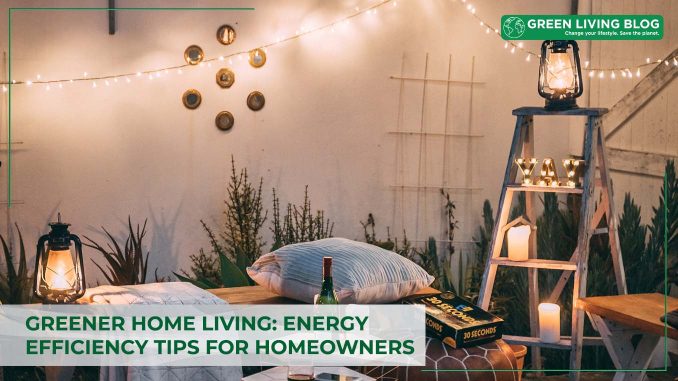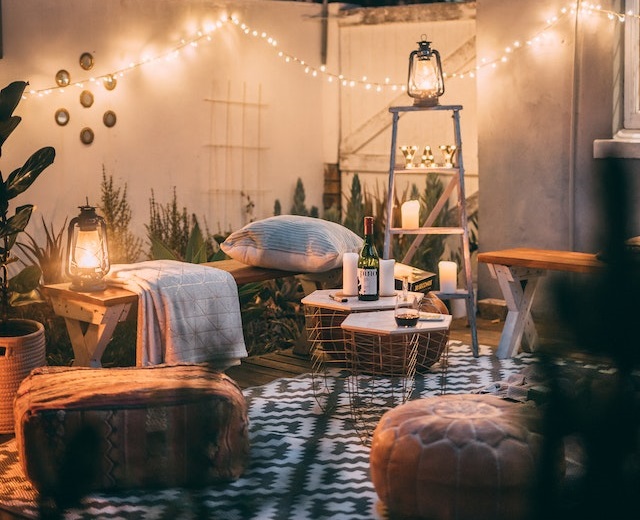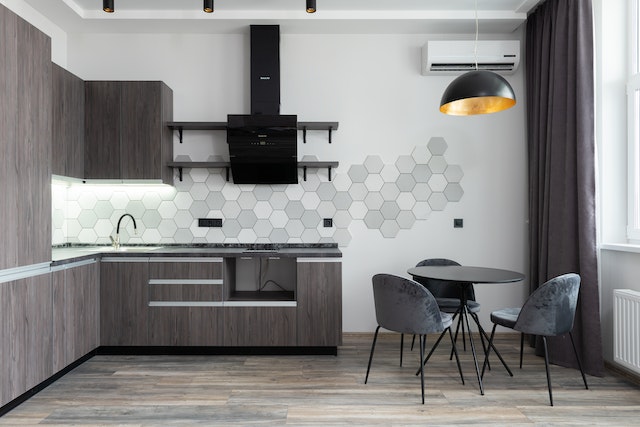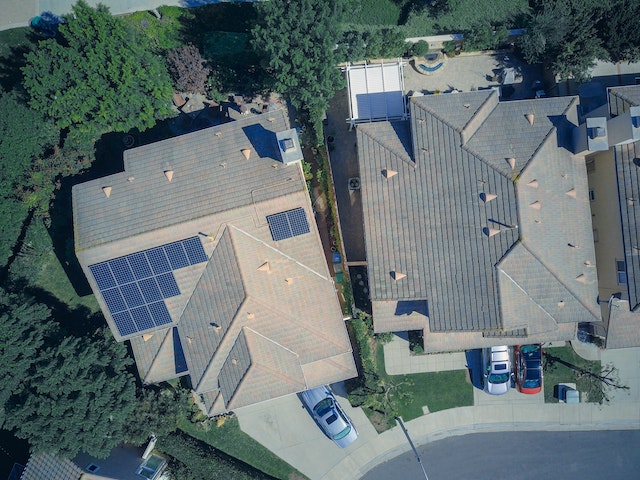
In today’s world, where sustainability and energy efficiency are paramount, making your property more energy efficient is beneficial for the environment and your wallet.
Adopting eco-friendly practices and implementing energy-saving measures can reduce your carbon footprint and lower your spending.
In this article, we will explore various strategies to make your property more energy efficient as a homeowner, with a particular focus on wall insulation.
1. Monitor Your Home’s Energy Usage
Before making any changes, assessing your home’s energy usage is essential. Conduct an energy audit or consult with a professional to identify areas where energy efficiency can be improved. This assessment will help you prioritise your efforts and focus on the areas that require the most attention.
If you want to save the expense of enlisting the services of a professional, you could monitor your home’s energy usage yourself with the help of smart home energy meters, which display your home’s current energy usage on its digital interface twenty-four-seven so you can see what utilities your home uses the most, identify areas for improvement, and monitor how much you’re spending. You can make informed decisions and implement effective solutions by understanding your home’s energy consumption patterns.

2. Invest In Wall Insulation
Wall insulation is a critical element in creating an energy-efficient home. Insulating your walls effectively helps to reduce heat loss during the colder months and prevent heat gain during summer. The right insulation material can provide a thermal barrier, keeping your home comfortable and reducing the need for excessive heating or cooling. Consider options such as fibreglass, cellulose, or foam insulation, which offer excellent thermal performance and energy efficiency.
However, keeping your home warm while balancing sustainability and cost-effectiveness can be challenging! This is why taking advantage of any government insulation grants you might be eligible for is essential. Using these grants can help you achieve a warm, comfortable home without breaking the bank, so why not find out if you’re eligible by using an eligibility checker like the one from Next Energy?
Tell them a little about yourself and your household, and they’ll respond to your enquiry with your results as soon as possible. Providing you’re eligible, they can carry out the wall insulation, and you’ll have a warmer (more sustainable!) home. To learn more, consider visiting their website today, and see how their services could help get you on the path to a more energy-efficient home!
3. Seal Air Leaks
Air leaks are a significant source of energy loss in homes. Gaps around windows, doors, and other openings allow warm or cool air to escape, leading to energy wastage. Seal these gaps using weatherstripping or caulking to prevent air leakage.
Additionally, consider upgrading to energy-efficient windows and doors with better insulation properties. These upgrades can significantly reduce drafts and maintain a more consistent indoor temperature.
4. Optimise Your Heating/Cooling Systems
Heating and cooling systems typically account for a significant portion of your energy consumption. Optimise their efficiency by ensuring regular maintenance, cleaning, or replacing air filters, and installing programmable thermostats.
Programmable thermostats allow you to set temperature schedules based on your daily routine, reducing energy usage when you’re away or asleep. Additionally, consider upgrading to energy-efficient HVAC systems that meet modern energy standards.

5. Swap To Energy-Efficient Lighting
Traditional incandescent light bulbs consume more energy and heat than energy-efficient alternatives. So, if you haven’t already, why not consider switching to energy-saving LED or CFL bulbs, which use significantly less electricity and have a longer lifespan than traditional halogen lightbulbs?
Although it might seem like a simple switch, it can grant you major savings since LEDs consume up to 90% less energy than traditional lightbulbs! Not to mention, LED lighting is highly versatile and comes in various colour temperatures, making it suitable for all areas of your home.
Additionally, incorporate natural light by opening curtains or installing skylights to reduce reliance on artificial lighting during daylight hours. Keep the curtains open on warmer days too, as the sun serves as a natural, free-to-use conductor – saving you less on your heating bills.
6. Utilise Renewable Energy Sources
Consider incorporating renewable energy sources into your home to enhance energy efficiency. Solar panels are an increasingly popular option, allowing you to generate your own clean energy and reduce reliance on grid electricity.
With advancements in solar technology, installation costs have decreased, making it a more viable option for homeowners. Evaluate your property’s solar potential and consult with experts to determine the optimal solar panel system for your energy needs.

7. Practice Energy-Conscious Habits
Beyond physical modifications, adopting energy-conscious habits can significantly contribute to a greener home. Encourage family members to turn off lights and appliances when not in use, unplug electronics on standby mode, and use natural ventilation whenever possible. Conserving water by fixing leaks, taking shorter showers, and using water-efficient fixtures also reduces overall energy consumption.
Following any of these seven property energy efficiency tips will undoubtedly reduce your bills and boost the value of your property. But most of all, it will contribute to lower carbon emissions and greener living.
![]()
Author Profile

- Eco Warrior by day, Eco Blogger by night trying to get the eco balance right.
Latest entries
 EnvironmentMarch 31, 20255 Sustainable Materials for Building Your Dream Eco-Friendly Pergola
EnvironmentMarch 31, 20255 Sustainable Materials for Building Your Dream Eco-Friendly Pergola Best practicesMarch 25, 202510 Green Tips to Live a More Sustainable Lifestyle
Best practicesMarch 25, 202510 Green Tips to Live a More Sustainable Lifestyle Green Expert GuidesMarch 12, 2025Flexible Solar Panels for Trucks: Benefits of Smarter Solar Energy Solutions for the Trucking Industry
Green Expert GuidesMarch 12, 2025Flexible Solar Panels for Trucks: Benefits of Smarter Solar Energy Solutions for the Trucking Industry Green Home GuidesFebruary 27, 2025How Sustainable Heating is made simple with Bioethanol Fireplaces
Green Home GuidesFebruary 27, 2025How Sustainable Heating is made simple with Bioethanol Fireplaces





Leave a Reply
You must be logged in to post a comment.